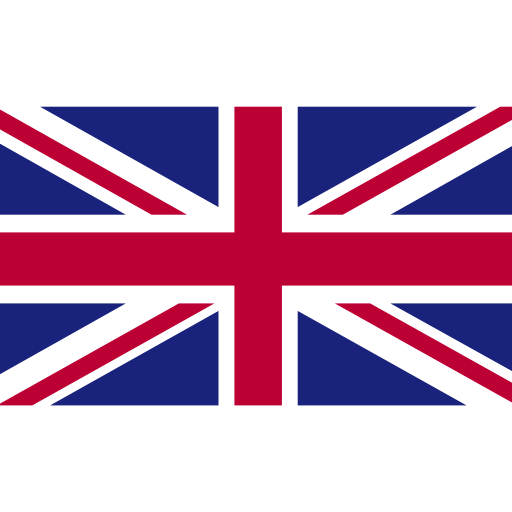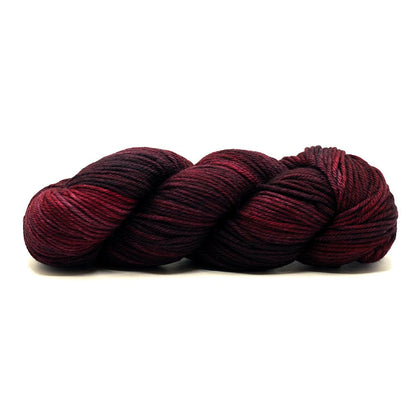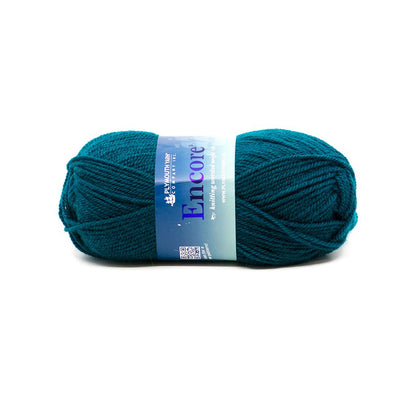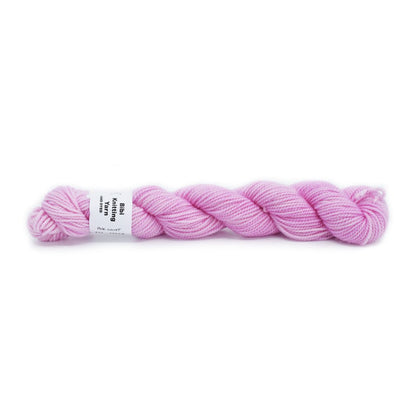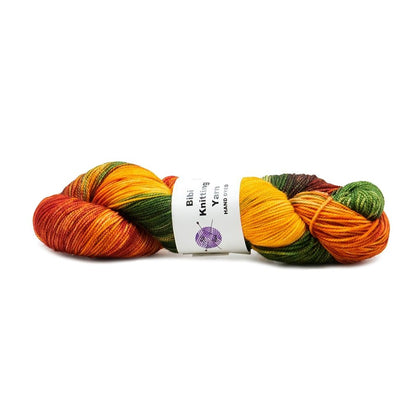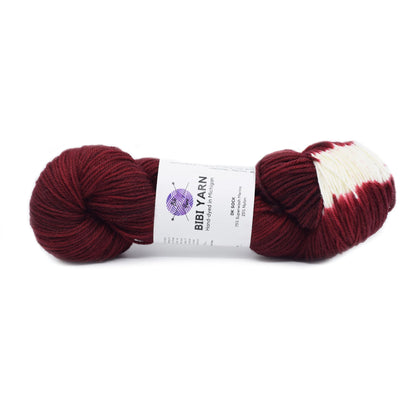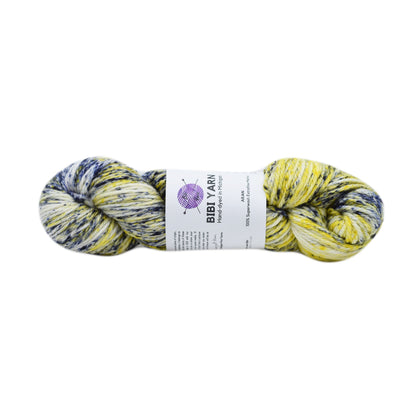A Beginner's Guide to Understanding Knitting Gauge

It can sometimes feel as if gauge is this mysterious and magical unicorn - beautiful and perfect and unattainable. Even using the suggested yarn and needle combination produces results that may be close, but rarely identical. Let’s discuss why and how we can more easily achieve this mythical thing!
Definition
Gauge - sometimes misleadingly referred to as tension - is the number of stitches and rows (or warp threads and rows) over a defined area of fabric (usually a 4-inch square). This calculation helps ensure the final measurements of your projects match what a pattern designer has specified. Even a small difference between your personal gauge and what is defined in the pattern can make a large impact on the final product. Let’s look at an example:
If the stated gauge is 20 stitches and 25 rows in 4 inches, and you work at a gauge of 18 stitches and 23 rows, that’s pretty close, right? Now, let’s say you are working a sweater with a bust of 40 inches. That is ten times longer than your swatch so those two stitches you were off...now that becomes 20 stitches! That’s the equivalent of being off 4 whole inches! Similar problems would happen if you are decreasing on a sleeve. If you don’t have the same row gauge, the shape of the sleeve can be far from what the designer intended!
Alright, so gauge is super important. How do we figure out what our gauge is? Creating a gauge swatch will give you a sample of fabric to measure before you invest time and energy into your actual project. Not only will this swatch allow you to calculate gauge, you’ll also be able to see the fabric your combination of fiber and tool will create. (We’ve got an article dedicated to swatches for more information on creating one!)

Measuring Gauge
When measuring a gauge swatch, you want the fabric to be as flat as possible, and it is best to use a rigid measuring device as opposed to a soft or flexible one. These two steps will help make sure you have an accurate measurement. It is also important to use a detailed measurement; down to a quarter or eighth of an inch for larger projects.

Ignoring the selvage stitches (the first and last stitches on each row) and any borders, work across one row and count the number of stitches - or warps for weaving. It can help to mark the stitches you are using with pins or scraps of yarn. Do the same up one column of stitches or along a warp thread to count your rows. Do not use the cast on row, bind off row or any borders in your measurement. Next measure the distance between the stitches you counted and note the length down to the quarter or eighth of an inch. Now comes a bit of math.
Number of Stitches ÷ Measured Width = Stitch Gauge
Number of Rows ÷ Measured Length = Row Gauge
This calculation provides the gauge per inch, so multiplying by 4 will give you the standard 4-inch gauge numbers. Avoid significant rounding, especially when going from 1 inch to 4 inch, as any rounding can adjust your measurements as discussed above.

Using Your Information
Once you’ve got your measurements and compare them to the gauge in your pattern...what do you do with that information? If you have fewer stitches or rows compared to the pattern, try going down a needle/hook size. You have too few stitches because your stitches are too big. If you have more stitches or rows, try going up a needle/hook size. You have too many because your stitches are too small.
Needle size is just one factor in getting the proper gauge for a project, however. Broadly speaking, there are five main variables that affect the fabric you’re creating:
-
The Pattern: Different stitch patterns will have different gauge measurements based on how the stitches interact. For example, stockinette is a relatively flat pattern with relaxed stitches. Cable patterns or ribbed patterns, however, pull the stitches in and create more natural tension on the fabric. Colorwork patterns will also have different gauge measurements than single color due to the changing yarns.
-
The Yarn: Obviously your choice of yarn will impact the gauge measurements you achieve. Thicker yarns will have significantly different numbers than thinner yarns. Cotton will produce a different gauge than wool. Even different colors of the same fiber from the same company may produce slightly different gauge calculations depending on the dye content, and potentially, how you work with them. You may work a navy yarn differently than a pale gray for example.
-
The Tool: We’ve discussed the difference between tools more in depth in this article, but the type of tool you use to create your fabric can impact your gauge. If, for instance, you are using a metal crochet hook, your gauge may be looser because the yarn moves more smoothly across the tool. On the contrary, if you use a set of bamboo knitting needles, your tension may be tighter because the needles are gripping the yarn and you are working a little harder to create the stitches. Weavers, you may see a significant difference between two different styles of shuttle sticks.
-
Your Hands: Most who crochet or knit are using their hand(s) to create the tension from the yarn ball to the tool in order to create stitches. Weavers are using their hands to move the shuttle through the loom to create their fabric. Tensioning the yarn differently through your fingers, how far the ball is from your hands, how you’re holding the shuttle, needles or hook, or even your mood can all affect how tightly the yarn is being pulled while you work, ultimately changing your gauge.
-
Your Method: For knit and crochet, there can be a noticeable difference in gauge between working flat and working in the round due to how the stitches are being created and the way the crafter accounts for the weight of the project. Creating your swatch to match the way you’ll knit or crochet the final piece will provide a much more accurate gauge measurement.
For the Weavers
One last note for our weaving friends. Don’t think you get away without swatching! For some projects, gauge may not be as critical as in knitting or crochet, but it is still important to understand how your yarn will work with your loom setup. You may need to adjust warp spacing or avoid beating rows down too much if your gauge isn’t working out as you’d thought or hoped. This is also a great opportunity to see your colors and patterns in action before starting the larger project!
There you have it! Don’t let gauge get you down. Taking the time to do a little math before beginning a project can save you from headaches, hassles and disappointment later on.
We’ve all had projects that haven’t gone according to plan. Let’s share our helpful hints and gauge-gone-wrong stories in the comments below! That way we can empathize and learn together!
Sources:The Principles of Knitting
Vogue Knitting: The Ultimate Knitting Book
A Weaver's Guide to Swatching


